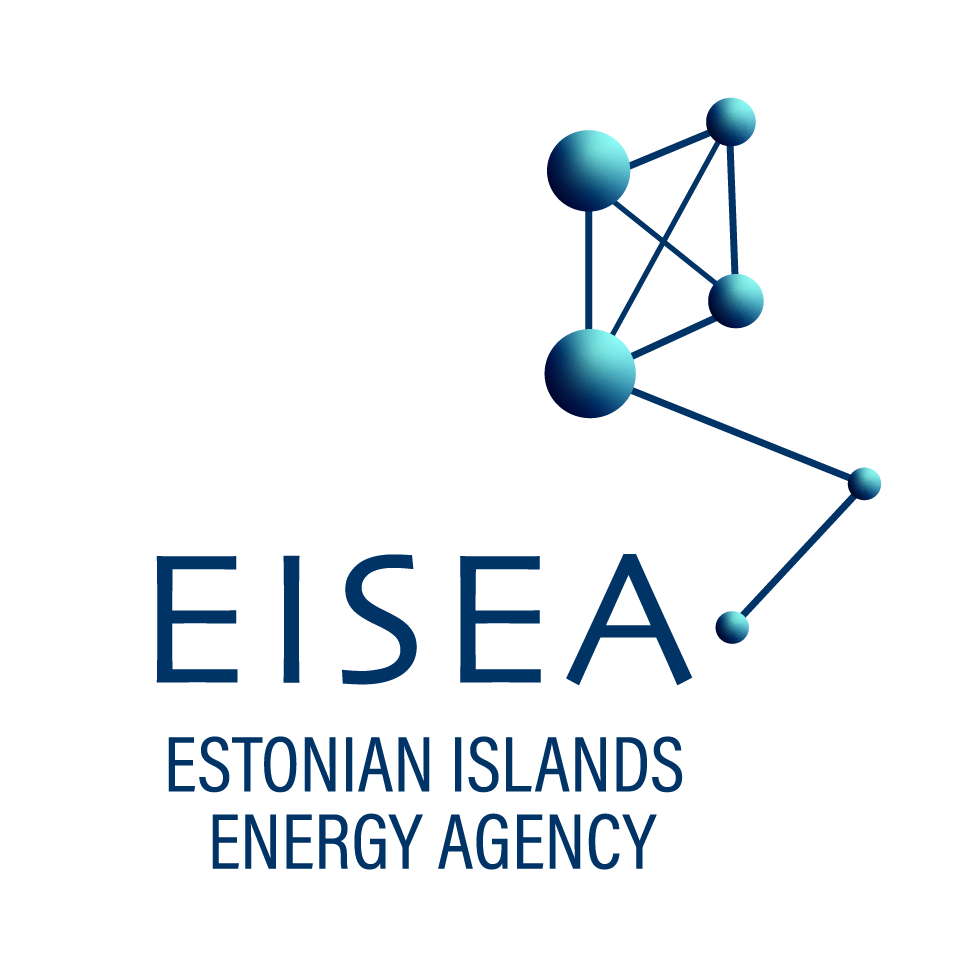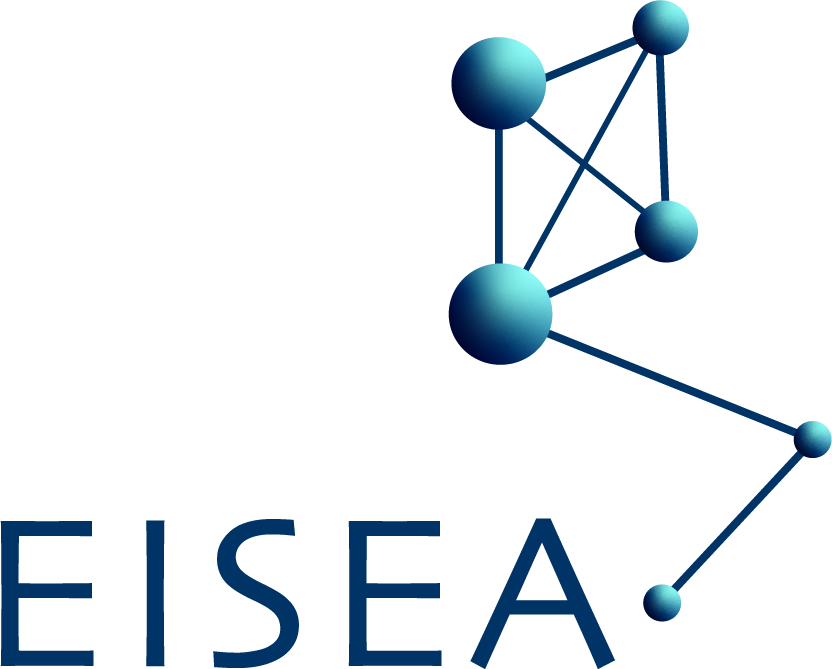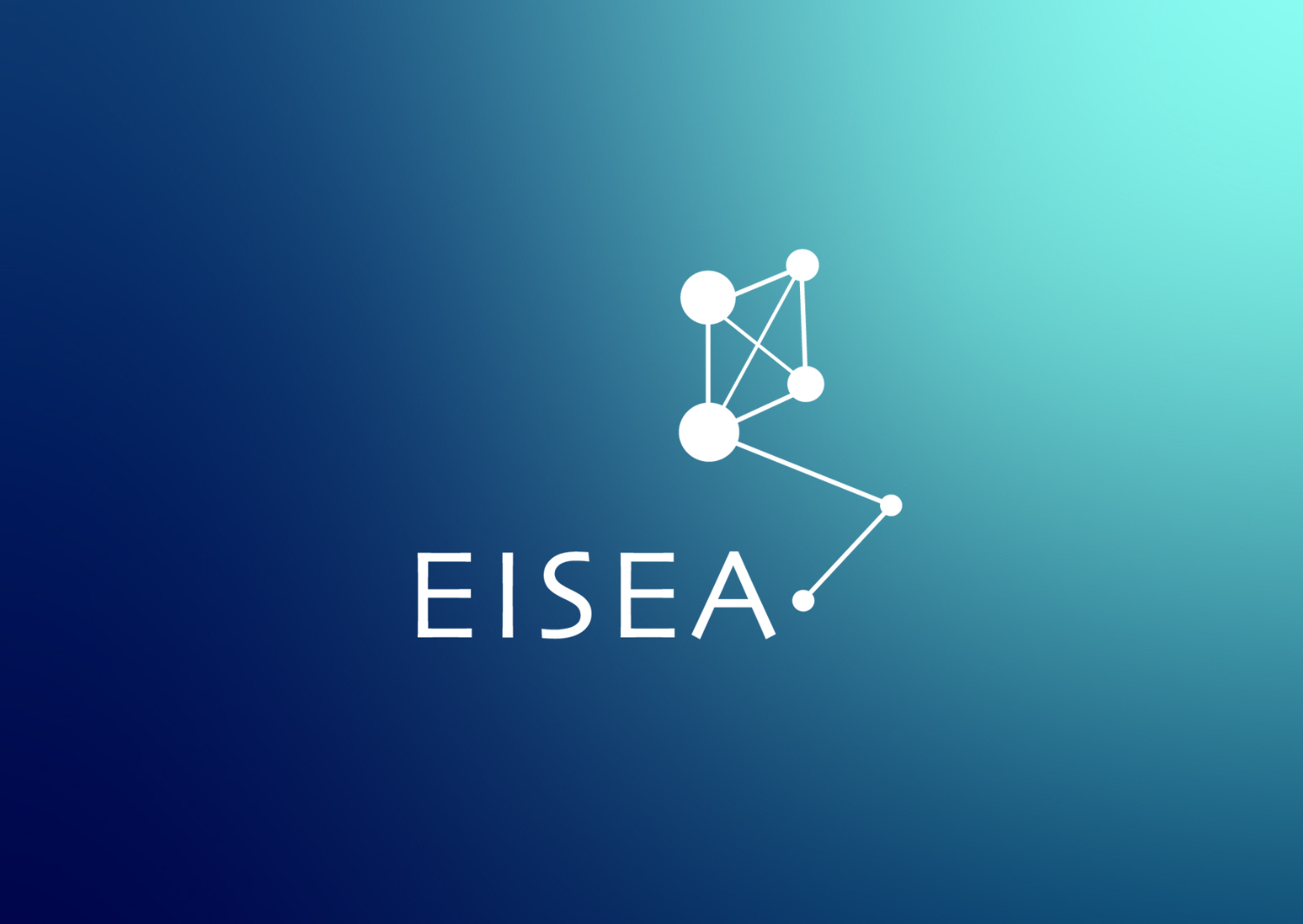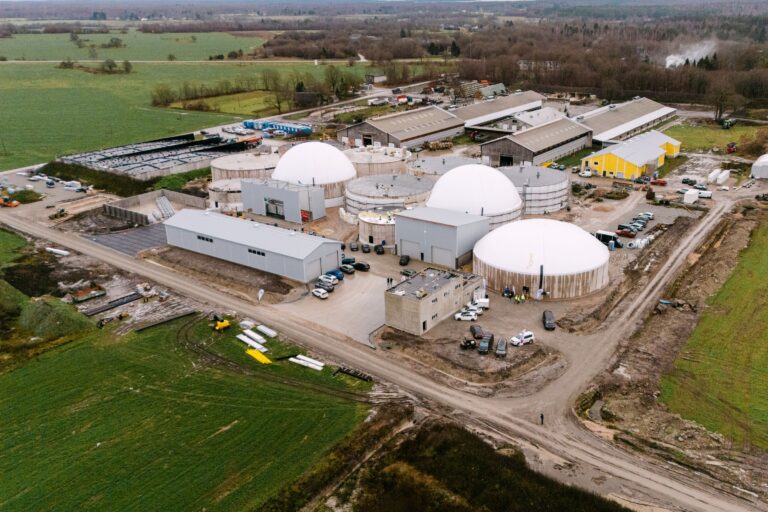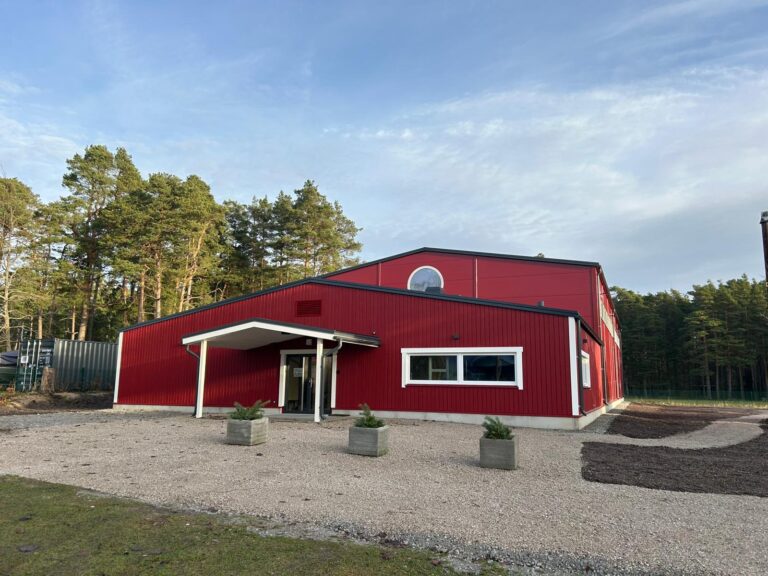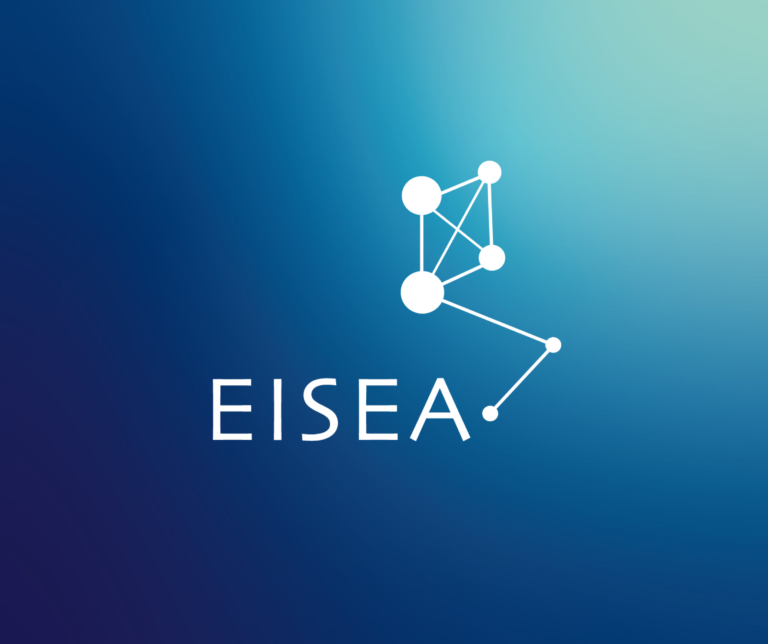Context and overall objectives
EISEA will support local leaders to deliver a step change in progress towards carbon neutrality by 2040 in the West Estonian archipelago. An Energy Agency is created, to drive public authorities, communities, and the whole region. The approaches from one focused mainly on energy efficiency/renewables are extended to the strategic goal of climate neutrality. The agency sets high ambitions compared to National Energy and Climate Plans (NECPs) and showcases local leadership and innovation. Critical barriers include limited internal capacity and funding shortfalls of islands. Nationally, private financing (EPC) has not been deployed, project aggregation has not taken place. EISEA will develop and implement in phase I more than 12 energy projects, investment of €35M primary energy savings of 11 GWh, renewable energy delivered 42 GWh/y. Phase II beyond the project lifetime will target savings of 45 GWh, due to the amount of new offshore wind energy delivered and investment of €175M. The projects will be financed via a combination of Estonian and EU public funds and private financing, with a reduction in GHG of 8,048 tCO2. EISEA will address the challenges in a coordinated and systematic way, building on the experience and expertise of the Tartu Region Energy Agency and Tallinn University of Technology. Outcomes will be the renovation of public and apartment buildings, decarbonizing transport, and increasing renewables through smart procuring and capital attraction.
Work performed and main achievements
– Mobility – Mapping of stakeholders and creation of a contact network, potential specific areas and pilots. – Energy Communities – Mapping of stakeholders and creation of a contact network, potential pilots, and identification of bottlenecks. – Resilience Centers – Mapping of stakeholders and creation of a contact network. Planned resilience centres – 23. – The communication strategy. – Website www.eisea.org has been further developed (in EST and ENG). – Social media channels (Facebook and LinkedIn). – A new logo, brand book, and slogan (Smart energy, Sustainable islands). – Founding members receive a regular newsletter. – Between August and November 2024 10 articles and 2 press releases covering EISEA activities had published. – A Financial Committee has been formed and launched. – Accounting, documentation, and archiving launched paperless. – SECAP (Energy and Climate Development Strategy 2030) for Saare County was created. – The study for the waste heat recovery was carried out for the local water company Kuressaare Veevärk by Dec 24, continued by applying for the grant for using waste heat. – The grant acquired from the Environmental Investment Center (KIK) for the local heating company to install the heat storage tank. – Mapping the energy consumption of local municipality buildings and creating a database. Eight of those buildings are within the 3-year project pipeline. – Designing the renovation works for Kihnu School and developing procurement tenders for construction work. – Developing a complete renovation plan for the apartment association MARU in Hiiumaa launched in Nov 2024. The scope includes preparing an initial preliminary project and announcing a construction tender. – Signed contract for services and financing options to apartment associations in Hiiumaa, encouraging them to undertake renovation projects. – A joint meeting between the Apartment Associations within Saaremaa and EISEA took place on the 30th of October 2024. – Biomethane plant erection contract signed on €14,553,029.
Results and impact
The EA has established a one-stop-shop module for local municipalities, apartment associations and companies in the archipelago, providing tailored climate neutrality solutions and CO2 reduction plans. The first example is the Kihnu School project, followed by initiatives targeting apartment buildings across the islands. The establishment of Baltic Energy Islands Connect (BEIC) in 2024 brought together Gotland, Saaremaa, Bornholm, and Åland. The investments are continuously reviewed against available funding opportunities, using the funding source database, offering the agency a clear overview of potential opportunities. Incentives are introduced to companies aligned with proactive invites to let the agency help businesses take advantage of grants. 3 applications have received funding, 3 awaiting grant decisions, number in the development phase. TARGET Project end in 2027 Achieved in 9 months by 31.03.25 Primary energy savings 11 GWh 262 MWh Renewable energy production 42 GWh/y 58.6 GWh/y CO2 savings 3712 t CO2/y 36,662 t CO2/y investments in energy €35M €19.6M Communications include social media platforms, various events, and peer-to-peer sharing opportunities. Facebook reach between August 2024 – 28. March 2025: 49,200 views; reach – 13000; content interactions – 688; Link clicks – 173; Visits – 2000. The EA has participated in the international Wind Conference, where the BEIC network gave a presentation, several ManagEnergy Masterclasses, organized the CE4EUI workshop dedicated to addressing the challenges in decarbonizing transportation on islands, attended public meetings about planning Estonian-Latvian fourth interconnection over Saaremaa, increased energy awareness of two island entrepreneurs’ associations. A renovation seminar gathered in total of 50 attendees representing different apartment building associations. During 7 months of full capacity, the agency has raised regulatory aspects with the national authorities – improving renewable energy sharing by the energy community around the substation, flexible supply services enabling generation adjustment to grid constraints, differentiated tariff to small islands using local production only. We have focused on the renovation of buildings, re-connecting apartment houses to a district heating network, improvement of boiler houses and introduction of geothermal energy, advising companies in reducing costs by hybrid self-solutions, mapping resilience centres for the network of charging demand-based electric vehicles, providing State Fleet new model of energy-low passenger only marine shuttles. A school all-year-around greenhouse renewable heating project introduces vertical axis wind turbine importance in urban areas, securing low capacity but steady supply requirements. The agency continues showing the way towards alternative technologies without any downside to adjacent residents. Reported KPIs as expected by the end of the project in 2027: Primary savings 11 GWh/y, Final savings 6.8 GWh/y, Renewable energy generation 42 GWh/y, GHG emissions 3712 tCO2eq/year, cumulatively investments 47M€, Policy input 5, New to Market models 6, Project sites 32, Trained 40, Communication interactions 500, New employment140.

